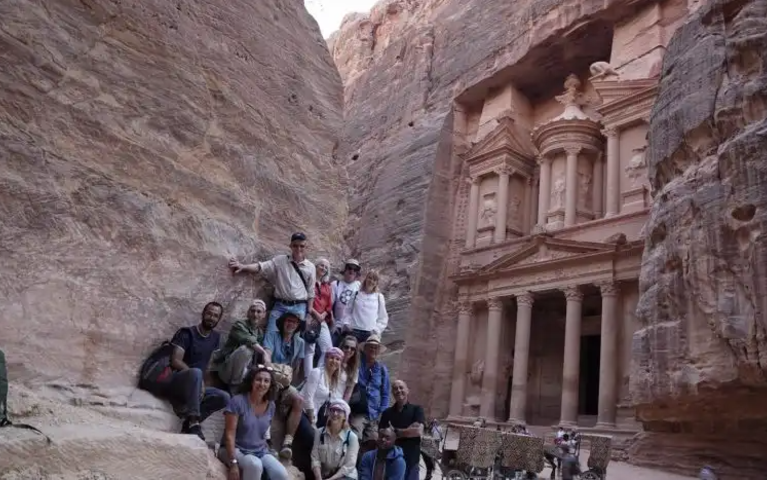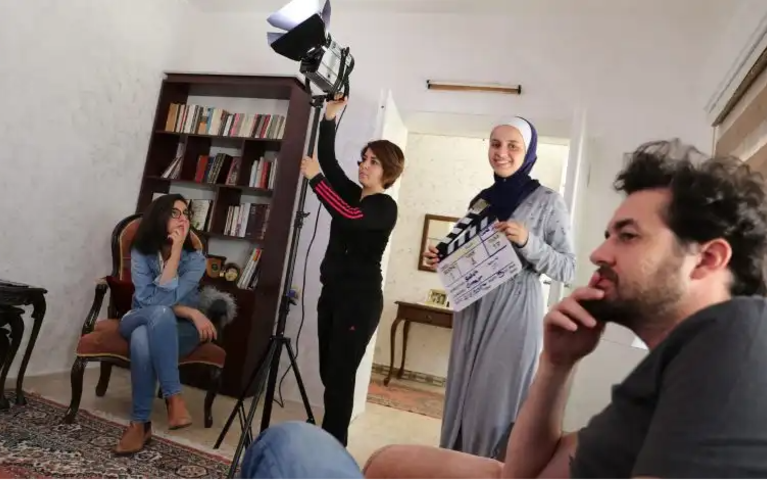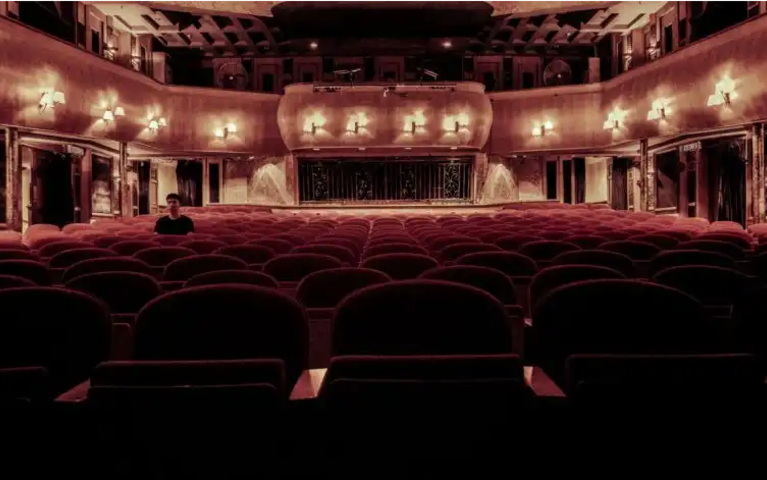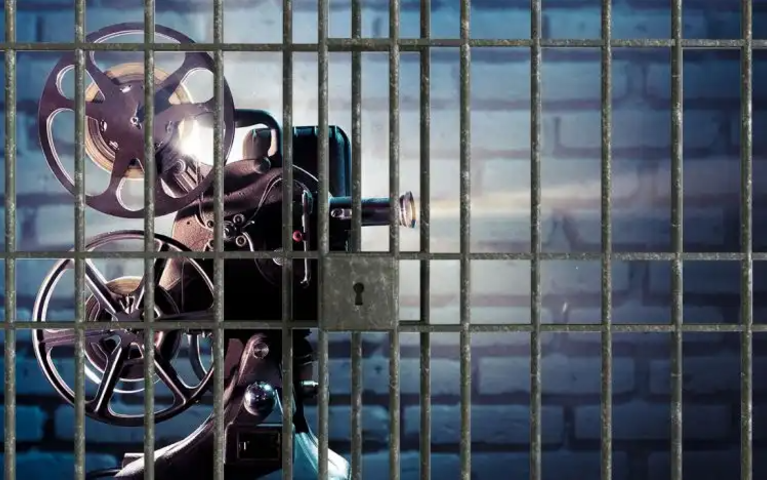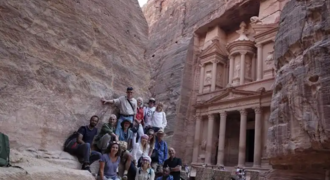Film Tourism

Film Tourism is a relatively new sector in cultural tourism. It refers to the growing interest in locations that became popular through films and TV series. It could probably be better termed as “film-induced tourism”. Most countries have become aware of this appealing niche and are now including touristic visits to locations where major or popular films have been shot.
In Jordan, cinema production has started in 1957 with the movie “Struggle in Jerash” by the Jordanian Wassef El-Sheikh and has gradually expanded, attracting foreign productions, starting with the iconic “Lawrence of Arabia” in 1962 and gradually increasing since 2003.
![]()
It is estimated that the film industry in Jordan has generated, over the past ten years, some 240 million Jordanian dinars and provided around 95,000 employment opportunities. These revenues come mainly from foreign productions, many of which hit box office records and garnered international awards: “The Hurt Locker”, “The Martian”, “Rogue One: A Star Wars Story”, “Aladdin” and many others.
In addition to the positive economic impact in many sectors, foreign productions provide local crews exposure to international expertise and to highly professional training. But as equally important, many of the foreign films shot in Jordan offer free advertising of the beauty and diverse scenery of the country.
![]()
“The Martian” by Ridley Scott, which was largely shot in Wadi Rum in 2015, was seen by some 70 million viewers worldwide. By many accounts, the southern desert of Wadi Rum never looked that magical on screen, almost superseding reality. The similarity in its topography with the red planet is not only attracting more filmmakers, but also scores of tourists and scientists. And the local community has adapted and developed its infrastructure to host this wave of new visitors.
![]()
In a study commissioned by the Royal Film Commission – Jordan, the economist and analyst Yusuf Mansour estimates that “The Martian” has “generated close to US$ 21 million in TV advertising”; while a 30-second advertisement on a major US channel during a popular show can cost up to US$ 230,000 and will, at best, be viewed by a few million viewers. Mansour underlines, in addition, that the impact of a location in a movie supersedes by far a TV commercial, as the first engages the viewer, builds a stronger connection with him/her and over a longer period of time.
More recently, Disney’s live-action “Aladdin” has crossed the $1 billion at the box office worldwide. If we consider that the average ticket price stands around US$ 9, one can safely estimate that some 120 million watched it and, we can as safely say, were flabbergasted by the beauty of the location (Wadi Rum again). When the movie had its first regional screening in Amman last May, Will Smith posted a video of the capital’s Citadel on Instagram that got more than 10 million views.
![]()
It is well known that New Zealand’s tourism got an incredible boost after the release of “The Lord of the Rings” trilogy. “We’ve seen a 50% increase in arrivals to New Zealand since Lord of the Rings.” The first film in the trilogy, Lord of the Rings: The Fellowship of the Ring, was released in 2001.”, says the general manager of Western long haul markets for Tourism New Zealand, Gregg Anderson. “Alice in Wonderland” helped increase the visitors to Antony House in Cornwall (England) by 400%. And the video clip of “Despacito” song increased the tourists traffic in Puerto Rico by 45%!
*A full list of the feature-length narratives shot in Jordan is available on the Royal Film Commission’s website: http://www.film.jo/Contents/Hall-Of-Films.aspx
*Moeen Kiswani is the Media and Production officer at The Royal Film Commission – Jordan.

